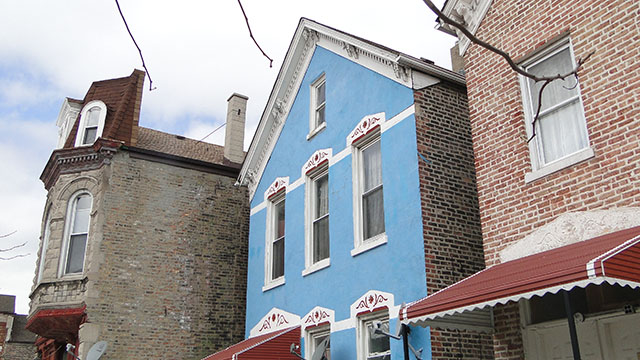A new Northwestern University analysis finds that racial disparities in the mortgage market suggest that discrimination in loan denial and cost has not declined much over the previous 30 to 40 years, yet discrimination in the housing market has decreased during the same time period.
Northwestern researchers examined how discrimination in housing and mortgage lending against blacks, Latinos and Asians has changed over the last 40 years by performing a meta-analysis of existing studies since the late 1970s to the present.
“We find declines in most forms of discrimination, especially the more extreme forms like falsely claiming an advertised unit is no longer available,” said Lincoln Quillian, lead author of the study and professor of sociology in the Weinberg College of Arts and Sciences at Northwestern. “There is less reduction and considerable persisting discrimination in more subtle differences in treatment between whites and minorities.
“For example, in about 10% audits in which a white and an African-American auditor were sent to apply for the same unit after 2005, the white auditor was recommended more units than the African-American auditor. These trends hold in both the large HUD (Housing and Urban Development)-sponsored housing audits, which others have examined with similar findings to us, and in smaller correspondence studies.”
In the mortgage market the researchers found that racial gaps in loan denial have declined only slightly, and racial gaps in mortgage cost have not declined at all, suggesting persistent racial discrimination. Black and Hispanic borrowers are more likely to be rejected when they apply for a loan and are more likely to receive a high-cost mortgage.
“It was distressing to find no evidence of reduced discrimination in the mortgage market over the last 35 years,” said Quillian, also a faculty fellow with the University’s Institute for Policy Research. “Discrimination in the mortgage market makes it more difficult for minority households to build wealth through housing, contributing to racial wealth gaps. Discrimination in the housing market increases housing insecurity for minority households and contributes to persistent neighborhood segregation. These results help account for why black homeownership has not increased over the last 35 years.”
The reduction in the most exclusionary forms of housing discrimination suggests that in most cases discrimination will not block persistent efforts by black or Hispanic households to move into white or affluent neighborhoods.
“We believe that more subtle forms of discrimination will steer households with weaker neighborhood preferences toward own-race neighborhoods, helping to maintain residential segregation,” Quillian said.
In sum, the researchers say, the results suggest that anti-discrimination enforcement in the housing and mortgage markets should continue, and efforts should be increased to ensure that all home seekers receive equal treatment regardless of their race or ethnic background.
“Racial Discrimination in the U.S. Housing and Mortgage Lending Markets: A Quantitative Review of Trends, 1976-2016” was published recently in the journal Race and Social Problems. In addition to Quillian, co-authors include John J. Lee and Brandon Honoré of Northwestern.


